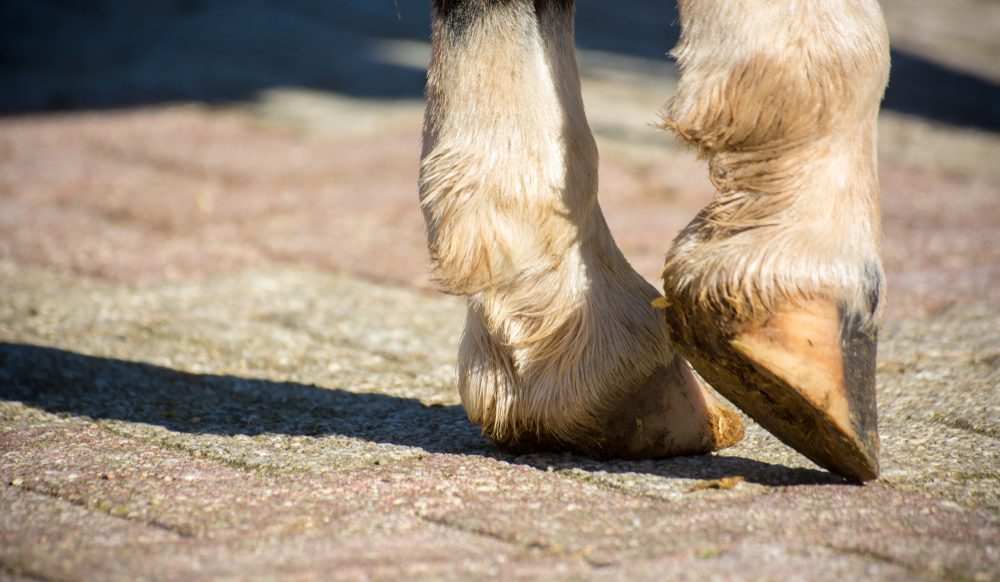
Introduction to Bathing a Horse
Bathing a horse can be a delightful experience for both the horse and the owner. It is not just a matter of hygiene; it is also about building trust and bonding with your equine friend. Understanding how to give a horse a bath effectively ensures that the process is smooth and enjoyable.

Why Bathing Your Horse is Important
Regular baths help maintain the horse’s skin health and coat condition. Dirt, sweat, and bacteria can accumulate, leading to potential skin issues. Bathing also helps in inspecting the horse for any cuts, bruises, or signs of infections.
Frequency of Baths
Horses do not need daily baths. Bathing them too often can strip away natural oils, leading to dry skin. The frequency depends on your horse’s activity level and the climate. In general, a good wash every few weeks or monthly is sufficient.

Preparing for the Bath
Gathering Supplies
Before you begin, gather all necessary supplies to ensure the process goes smoothly. You will need:
- Horse-friendly shampoo
- A sponge or soft brush
- A hose with a gentle spray nozzle
- Scraper for excess water
- Towels for drying
Choosing the Right Location
Choose a location that is safe and comfortable for your horse. Ensure the ground is non-slip and there is ample drainage. An open area where the horse can move freely is ideal.

Step-by-Step Guide
Securing Your Horse
Secure your horse using a halter and lead rope. Ensure the area is free from distractions to keep your horse calm and cooperative.
Wetting the Horse
Start by wetting your horse from the legs upwards. Use a gentle spray to avoid startling the horse. Gradually move to the body, ensuring the horse is completely wet.
Applying Shampoo
Apply a horse-specific shampoo. Begin from the neck and work your way down. Use a sponge or soft brush to lather the shampoo, ensuring it reaches the skin.
Rinsing Thoroughly
Rinse all the shampoo out thoroughly. Any residue can cause skin irritation. Ensure to rinse the difficult areas like under the mane and tail.
Drying Your Horse
Use a scraper to remove excess water. Follow with towels to dry your horse, especially in colder weather to avoid chills.
Post-Bath Care
Checking for Irritations
Inspect your horse’s skin for any signs of irritation or dryness. Apply a moisturizing spray if necessary to keep the skin healthy.
Cooling Down
Ensure your horse is adequately cooled down before being released back into the pasture or stable.
Common Mistakes to Avoid
Avoid using human shampoos as they can be too harsh for horse skin. Do not spray cold water on a hot horse, as it can cause muscle cramping.
Relating to Other Grooming Needs
Bathing is just part of horse grooming. Check out our articles on how to bridle, bridle costs, and bit assembly.
Tremendous Benefits of Regular Grooming
Regular grooming, including baths, leads to a healthier, happier horse. It ensures parasites and skin issues are kept at bay, enhancing the horse’s overall well-being.
FAQs
How often should I bathe my horse?
Generally, once every few weeks is ideal. Bath more frequently if the horse participates in regular shows or events.
Can I use human shampoo on my horse?
It is not recommended, as human shampoos can strip natural oils and cause irritation to a horses skin.
What should I do if my horse is scared of water?
Introduce water slowly and calmly. Use positive reinforcement to make the experience as pleasant as possible.
Conclusion
Understanding how to give a horse a bath ensures your horse stays healthy and happy. With the right techniques and patience, bathing can be a delightful bonding experience for both you and your horse.
For more information on grooming and caring for your horse, visit AllRecipes.
As an Amazon Associate, I earn from qualifying purchases.